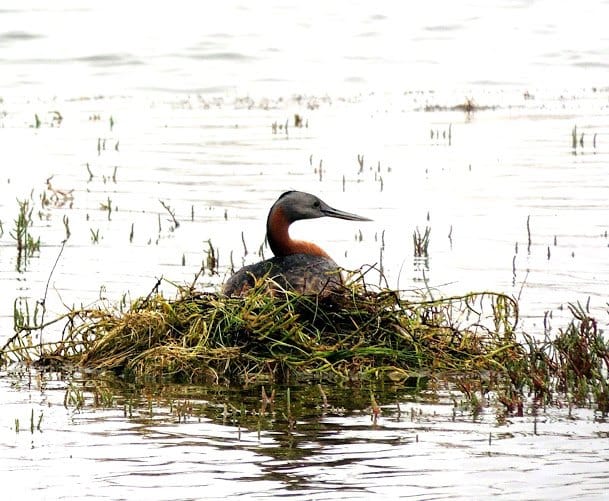
Nesting Great Grebe showing decent contrast and color saturation, but the color of the water is completely muted. Photo: Joseph Huaroto.
Alfredo Begazo grew up with Peruvian Meadowlarks and Marvelous Spatuletails, and was used to waking up to the morning choruses of Pacific Doves in Lima, Peru. He now wakes up to the choruses of Northern Cardinals and Northern Mockingbirds in sunny Vero Beach, Florida. Alfredo, an experienced birder in Peru and well-rounded naturalist, founded a birding and nature eco-travel company, known as Surbound Expeditions (Sur=Spanish for south). He recently introduced 10,000 Birds readers to the birds of Peru’s coastal desert and we’re thrilled about this new contribution:
It seems nowadays, with the advent of digital technology, merely seeing the birds on one’s trip is no longer enough. Birders want to have photos of the birds they see to share with their friends, family, and even the rest of the world. Testament of that is the abundance of superb bird photos on the internet. Some of these photos are of barely known species, especially from the places seldom visited by birders.
In August 2011, I guided a custom tour of the northern Peru Birding Route. We had a great birding experience, which included most of the endemics on our route and many more great birds and breathtaking scenery. My two guests, Frank and Christine, wanted to photograph Great Grebes (Podiceps major) at Villa Marshes, on their last day in Lima. Villa Marshes is a popular birding site in the outskirts of Lima, and Great Grebes can be seen there all year round.
During our last morning in Lima prior to their late evening flight, we set off to Villa Marshes in search of Great Grebes. When I first looked looked outside the window that morning, I worried that it would be an overcast day. These fears began to materialize as we neared the marshes. As we approached, the overcast conditions seemed to worsen. In the City of Lima, heavily overcast conditions is not necessarily a prelude for rain; in fact it never ever rains in Lima! It only drizzles during the peak winter months of June through August. Not only that, but this drizzle is more like a heavy mist; one that forms tiny droplets known locally as garua, but it is never heavy enough to create water runoff.
When we arrived in Villa Marshes, the grebes were there. There was no drizzle to complain about, despite the heavy overcast. This turnout looked even worse than rain: overcast skies tend to produce flat, even lighting; in addition, the contrast and color saturation is lowered, making photos look flat and dull.
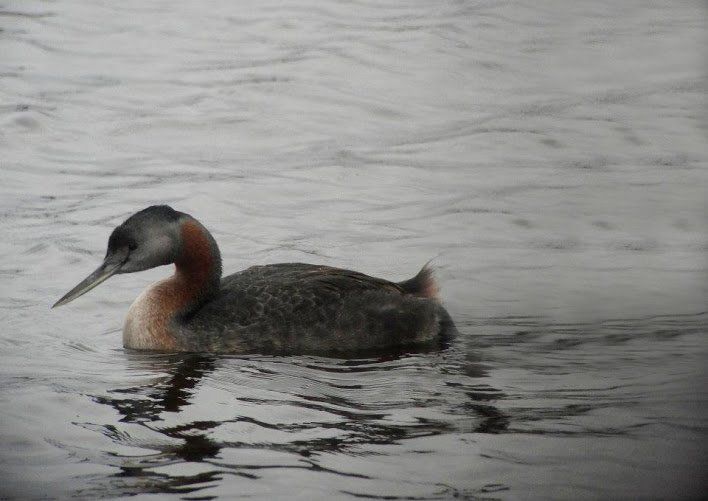 Great Grebe photographed on an overcast day. The dark shade on the right of this photo appears to be an artifact of the camera. Photo: Alfredo Begazo
Great Grebe photographed on an overcast day. The dark shade on the right of this photo appears to be an artifact of the camera. Photo: Alfredo Begazo
Have you ever noticed that pro wildlife bird photos are almost never done in overcast conditions? That day, we found out why. These are the conditions that prevail in Lima for about 8 months of the year. I was hoping for a break near midday as often happens, but no luck. The unforgiving light conditions continued unchanged.
We tried for several shots of Grebes at various distances, but to no avail. Multiple combinations of aperture, shutter speed, nor zooming in and out would produce satisfactory photos. Overcast skies are uniformly bright compared to the ground, water, trees, bushes, etc., causing the camera to underexpose the image. Additional exposure renders the water silvery or pale while the subject gains some saturation and contrast. The Grebes themselves were not cooperating either; they decided to stay far from the water edges. Sorry… grebes don’t seem to respond to playback!
We did our best with the prevailing condition before we decided to return to our hotel for dinner, and prepare ourselves for the evening flight home. After reviewing the photos on our way to the hotel, we gave up on any remaining hope that perhaps a couple of pictures might have turned out alright.
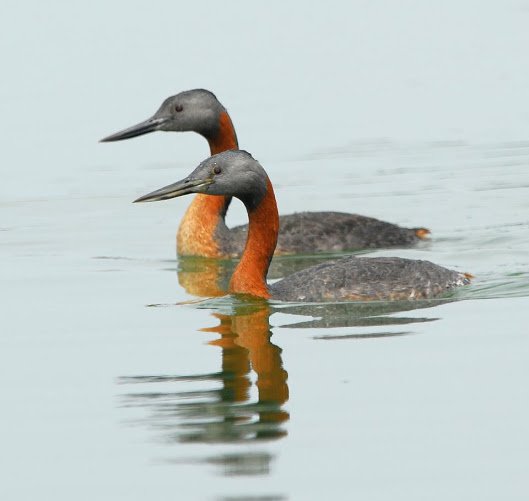 Adult Great Grebes photographed at Villa Marshes. Photo: Victor Bustinza.
Adult Great Grebes photographed at Villa Marshes. Photo: Victor Bustinza.
That day, the light conditions and time were our limitations, our photos were not the best. Local photographers can afford visiting Villa Marshes at various times of the years, and spend more time chasing the grebes. Some of my local photographer friends can attest to that: they have photographed Great Grebes in just about every possible age, angle, and behavior. They have the time to study the Grebes’ behavior and be able to intercept their movements, or even prepare for a shooting session at a nesting pair. They kindly shared some of their photos for this post.
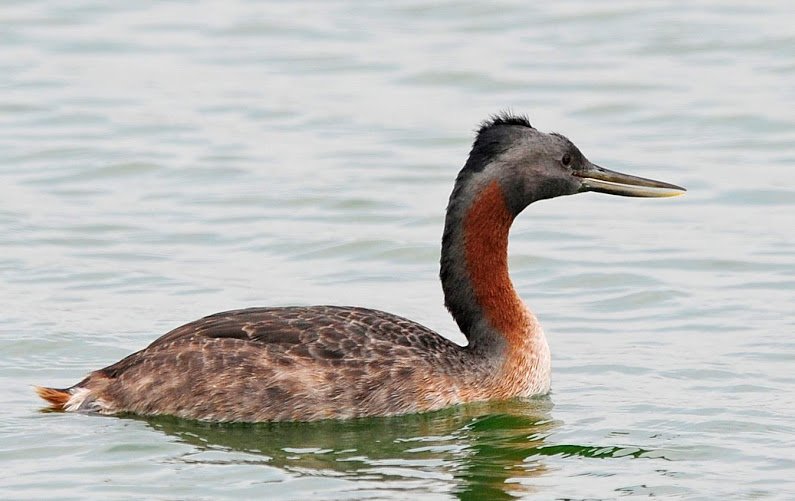
Adult Great Grebe photographed in optimal light conditions showing the green color of the water at Villa Marshes. Photo: Victor Bustinza.
Most days are gray during the eight months of winter in Lima. However on the summer days of mid December through mid April, the light conditions are fine, clear skies are the norm, and the early morning and late afternoon light couldn’t be better. If you’re looking to take photos of Great Grebes, choose your time wisely!
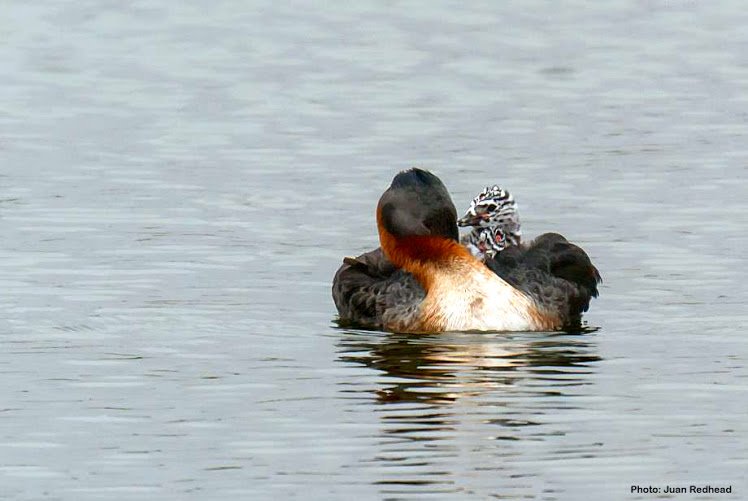 Mother and chick in better light. Better contrast, color saturation of subject, and good color and texture of water. Photo: Juan Redhead.
Mother and chick in better light. Better contrast, color saturation of subject, and good color and texture of water. Photo: Juan Redhead.






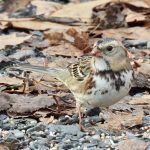
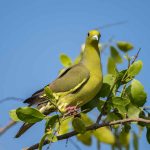
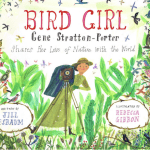
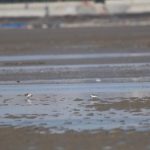
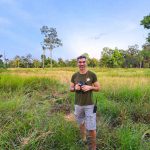
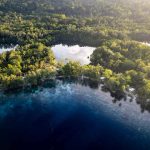
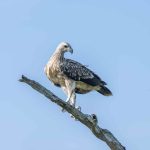
This is so true and so frustrating! Very interesting article, especially the visual contrast of the photos taken on overcast versus sunny days.
Great topic and great shots. The Red-necked Grebe of North America winters on the Pacific and Atlantic but is predominantly a summer bird of northern and western Canada. However a small disjunct population can be found breeding at the west end of Lake Ontario. They can be seen easily, sometimes ridiculously easily in a large marina in Oakville Ontario. It’s a photographers’ dream, you’ll see them courting, nest building, on the nest, and caring for young all close at hand under bright spring and summer skies.
I’ve blogged about them at http://www.mybirdoftheday.ca/2012/03/22/red-necked-grebe/
Interesting post, and what a spectacular grebe chick!
I agree Erika, an overcast day can ruin otherwise superb photographic opportunities. I shot video as well, and it is even worse. In video you don’t have much room for improvement in post production. I usually give up on day like that and enjoy the birds with binoculars.
Nice note Peter, and what a shot of the Red-necked Grebe!! Indeed it looks like it was within a short distance and a good light 🙂
Thank you Wendy. It really is. Believe it or not, there are not many pictures of a Great Grebe with a chick on its back. This parent Grebe looks so relaxed…